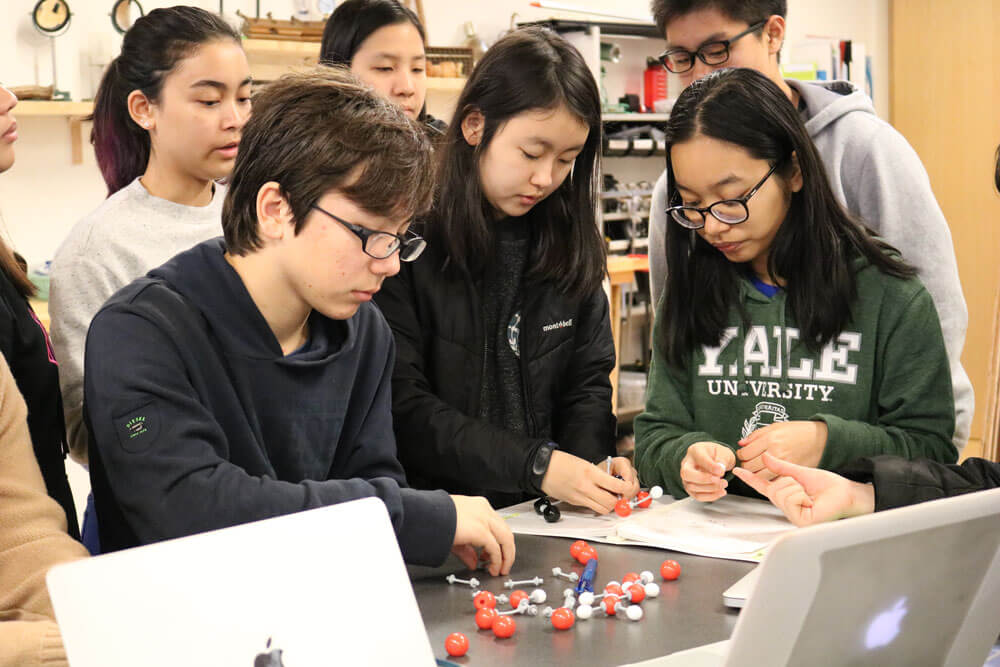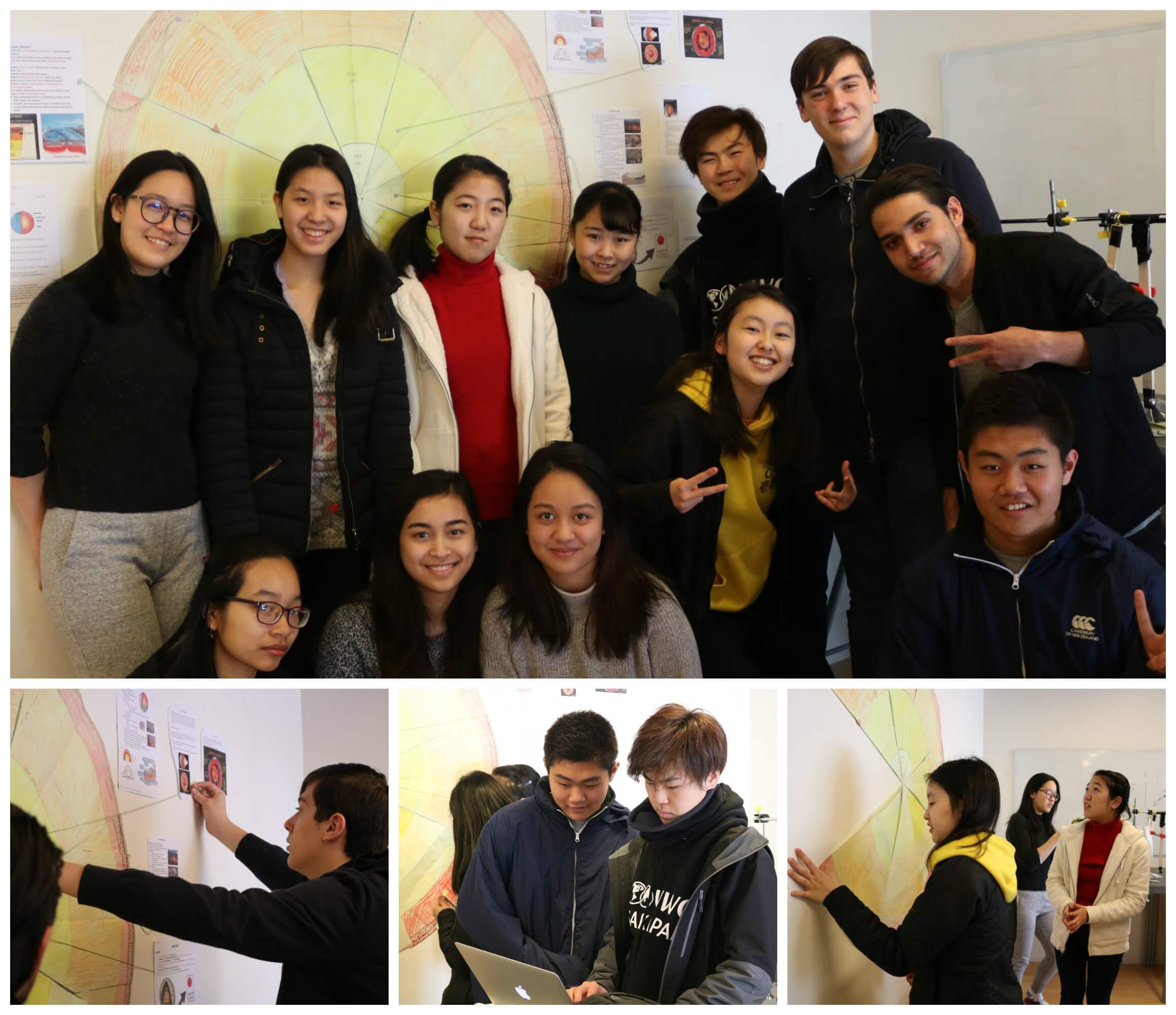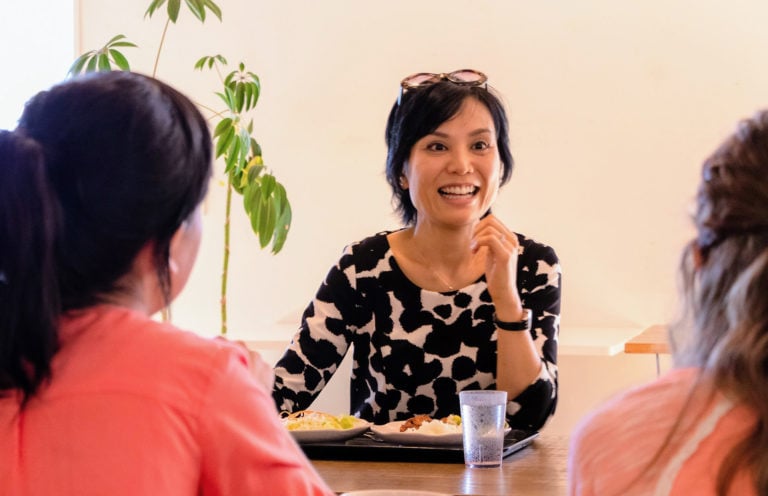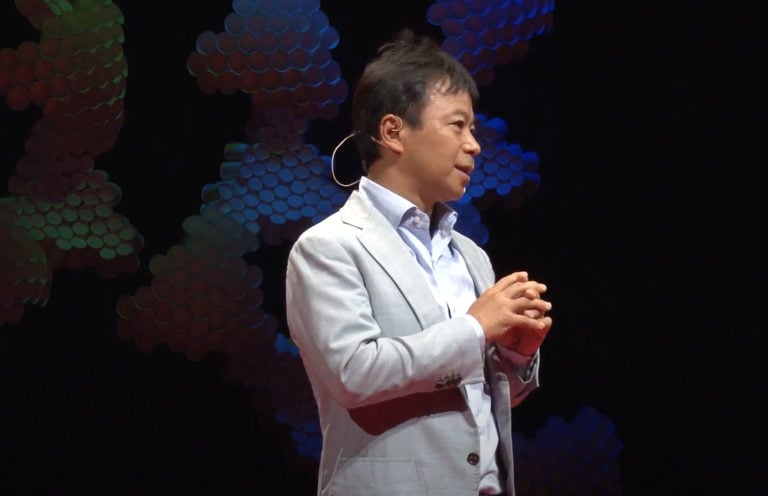 Written by Catherine Mimuro
Written by Catherine Mimuro
Ms. Mimuro teaches G10 Science at UWC ISAK Japan.

In Grade 10 Science, we try to focus on experiential learning with many hands-on activities to stimulate and engage our students using a variety of teaching and assessment methods that appeal to every type of learner. We have most recently `tripped the light fantastic`: studying the electromagnetic spectrum, refraction and reflection of light with many fascinating and enjoyable labs. Many everyday phenomena can be simply explained by refraction and reflection and a circus of experiments was set up to investigate these. Numerous computer simulations, calculations and labs were done to study Snell`s Law as well as total internal reflection and critical angles. At the end of the topic, many different types of pin-hole cameras were researched and made, and were compared between the various science groups. Our students really enjoyed the labs and there was a wonderful buzz of discovery in the room as they navigated through the topic.
Now we have moved on to study the changing environment. Grade 10s spent a number of lessons making a scaled slice of the Earth`s interior studying the relative sizes and differences in composition of our planet. They researched the different layers and this information was added to the model to produce a colourful and informative display that will remain up on the wall for the duration of the topic.
 As you can see, they produced a large and beautiful display. We also `rocked the rock cycle`, where our students acted as matter going through the rock cycle, which in reality takes thousands, millions or even billions of years. This role play involved them `changing` as they `travel` due to excessive heat and pressure, and weathering. Through this role play, they modeled the possible pathways that matter can travel through the cycle, culminating in a `travelogue` of their trip using an image of the cycle on the board and students indicating their journey. Their peers each experienced a different journey and we compared them.
As you can see, they produced a large and beautiful display. We also `rocked the rock cycle`, where our students acted as matter going through the rock cycle, which in reality takes thousands, millions or even billions of years. This role play involved them `changing` as they `travel` due to excessive heat and pressure, and weathering. Through this role play, they modeled the possible pathways that matter can travel through the cycle, culminating in a `travelogue` of their trip using an image of the cycle on the board and students indicating their journey. Their peers each experienced a different journey and we compared them.
One of the most important contributions by Alfred Wegener and his theory of continental drift to the development of plate tectonics is also being studied. We used Dale S. Sawyer`s data-rich exercise to discover plate tectonic boundary processes whereby they observed, described and classified actual data. Students used plate boundary maps and were separated into groups of 4 where within each group, they decided who would take charge of which Scientific specialty: Seismology, Geochronology, Volcanology and Geography. They familiarized themselves with their map and looked at how their data behaved at or near the plate boundaries. On completion, the students devised a classification scheme for the boundary types and then we looked at the different types of plate boundary processes: convergent, divergent and transform. They presented their findings to the rest of the group and this was consolidated by projecting a plate boundary map on the board, and we decided upon the type of boundary based on their evidence. The next step is to look at plate motion.
It has been a great `journey` so far and we hope to get to Onioshidashi Volcanic Park in the future. Keep up the great work Grade 10!




